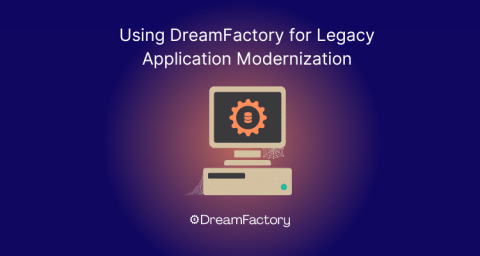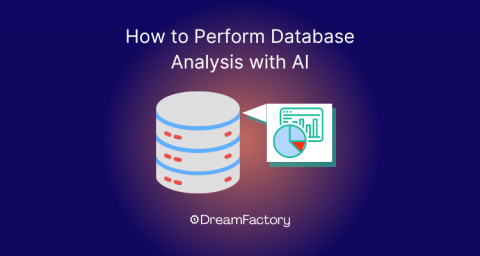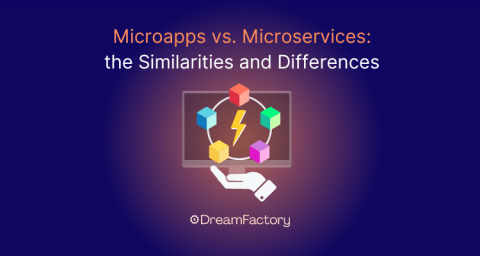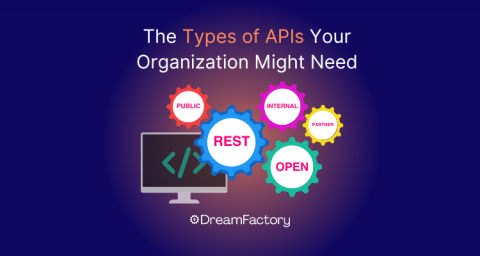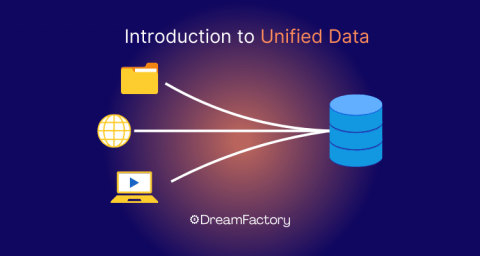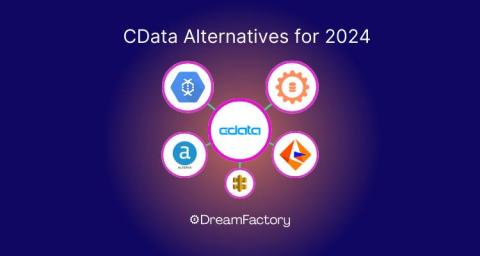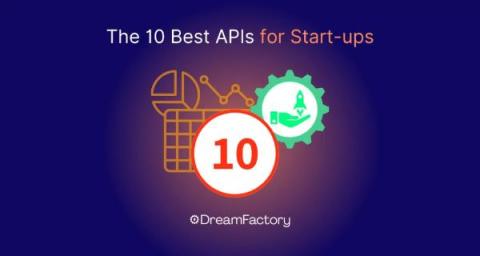Using DreamFactory for Legacy Application Modernization
Many organizations face the challenge of legacy application modernization. DreamFactory, an on-premise API generation and management platform, offers a robust solution for this transition. By enabling the creation of APIs from any data source, automating integration processes, and enhancing security measures, DreamFactory simplifies the modernization of outdated systems.


